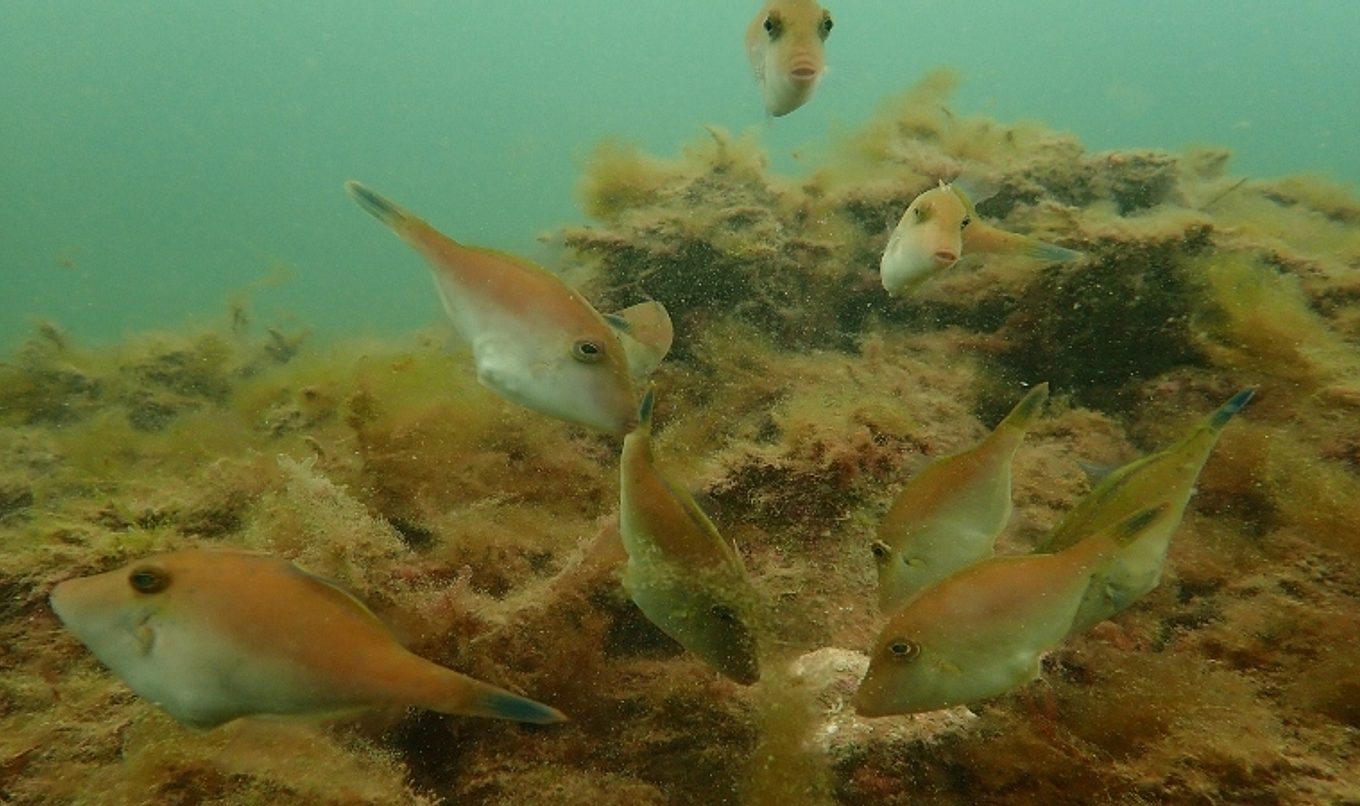O’Sullivan Beach confirmed for second metro shellfish reef
O’Sullivan Beach has been chosen as the location for Adelaide’s second metropolitan native shellfish reef.

Construction of the native shellfish reef will be within a five hectare outer boundary, about 500 metres off O’Sullivan Beach, and is expected to begin in late 2021.
The Onkaparinga shellfish reef restoration project is a partnership between The Nature Conservancy Australia (TNC), the Australian Government, the South Australian Department for Environment and Water and City of Onkaparinga.
The five-hectare shellfish reef will be constructed using a limestone reef base, with hatchery-raised Australian Flat Oysters to create a flourishing marine environment.
Program Coordinator Environmental Management, Alison Wright, said O’Sullivan Beach was chosen as the next metro shellfish reef as it offers suitable environmental conditions with good opportunities for colonisation of marine species from the nearby rocky reefs.
“Its vicinity to the existing O’Sullivan Beach boat ramp and close proximity to the shore will make it a lot easier for recreational access,” Alison said.
“We’ve developed a great partnership with the Nature Conservancy with the recent completion of the Windara shellfish reef, near Ardrossan and the newly established Glenelg metro shellfish reef.
“Both sites have been successful examples of shellfish reef restoration, with significant numbers of native oysters establishing at each location.”
Alison explained that shellfish reefs are part of South Australia’s natural heritage and were once common along our coastlines. However, from the late 1800s to mid-1900s the reefs suffered from the impact of overfishing, dredging, water pollution and disease.
“Shellfish reef habitats are important to the marine environment, fish breeding, and water quality, but they can also provide recreational and economic opportunities,” Alison said.
The Nature Conservancy’s Oceans Coordinator, Anita Nedosyko, said shellfish reefs provide homes for many marine species and boost fish stocks.
“Oysters are also like the kidneys of our oceans, with each one filtering 100 litres of water a day. This helps improve local water conditions which supports the return of other ecosystems like seagrass,” Ms Nedosyko said.
The Onkaparinga Shellfish Reef is one of 13 sites identified for reef restoration under Reef Builder, a partnership between the Australian Government and The Nature Conservancy Australia to bring shellfish reefs back from the brink of extinction and support the economic recovery of communities impacted by bushfires and COVID-19 restrictions.
This project is part of The Nature Conservancy’s larger national shellfish restoration program that aims to rebuild 60 shellfish ecosystems across Australia. If achieved, Australia will be the first nation in the world to have recovered a critically endangered marine ecosystem.

